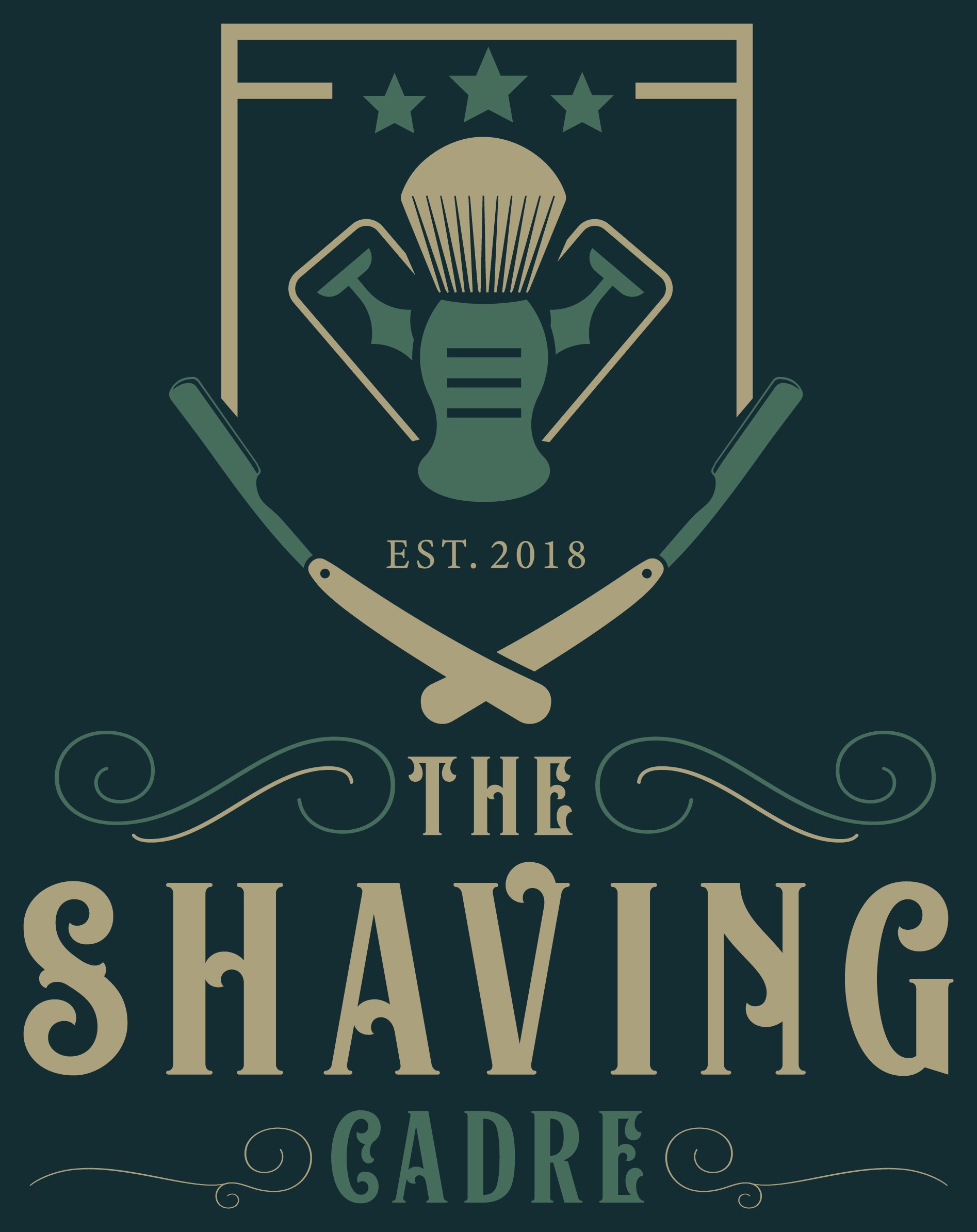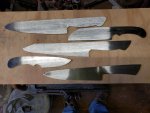Guy has some skills with a 4 inch grinder for sure, but not the best anvil. I started with a track anvil, and found out the hard way that they aren't great when made like that.
The web of the rail is too thin and you lose your mass under your work. You end up doing a lot of extra hammering for minimal gain in material movement.
If he would have cut some of the bottom away for knuckle clearance and turned it on end, it would have worked much better as a sort of a post anvil. That would have kept more mass under the work.
I've found that a lot of people fall for the idea that you
need something that looks like a "london pattern" anvil. I fell for it too in the beginning. After gaining a little experience now, I'd be happy with just a sawyer's anvil. It it basically just a big block of steel with a hard face and a hardy hole, but you have all your mass under where you are working.
If you look at a blacksmith using what most people consider a "traditional" anvil, unless he/she is using the horn or hardy he/she is working over the waist of the anvil because that is where the most mass is.
Must be the day for "instructional" videos. I saw one earlier where a guy was showing the "proper" way to build a forge. Wrong brick, wrong burner placement, and completely wrong use of it. He basically had a torch in a box and was using the direct flame to heat the steel while losing a lot of heat being sucked up by a brick that by design conducts heat instead of insulating and retaining it. Again, I did that very same thing in the beginning thinking I knew how to do it because I had watched a few of these videos.
Luckily for me though, I had someone that is a most excellent razor maker and also patient and willing to help an idiot to steer me straight after I got done playing and decided to get serious.
I really kind of despise these types of videos anymore because of all the misinformation spread by them just for a few more views. There are definitely guys out there that do know what they are doing and post good videos, but unfortunately not as many as the ones with the easy way out videos. Not everyone has someone like
@bluesman to call on to straighten them out when they are being a complete idiot.


